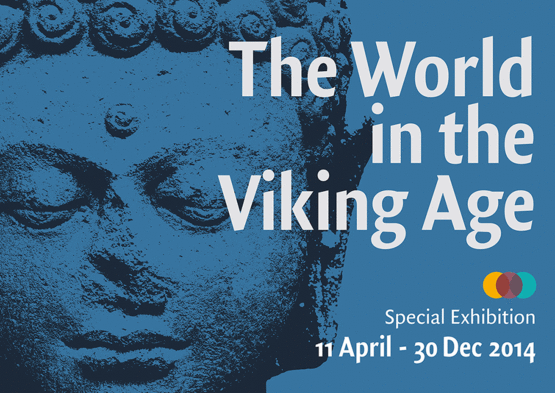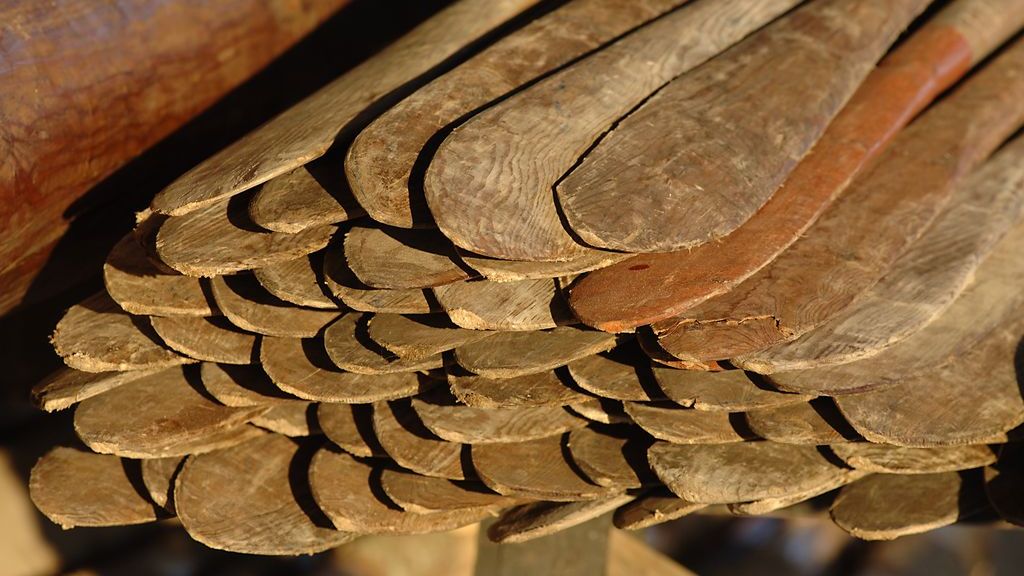Trade, piracy, exploration and maritime networks are not only limited to Europe's northern harbours and the Vikings' world. In other parts of the world, people, goods and ideas are also transported over long distances. Sailing ships make it possible to reach new worlds, far away from familiar shores.
At seafaring's nodal points, complex new cultures, towns, networks and communities emerge. Voyages connect coasts the world over and bring together people of different ideas, beliefs and traditions.
Seafaring in the 9th century transformed the World.
Experience the Viking Age in a new, global perspective. Join us on sea voyages from the farthest reaches of Scandinavia to the Mediterranean, and from the Persian Gulf to East Africa and China.
Meet three seafarers who sailed in the middle of the 9th century.
The Norwegian Ohthere appears at the court of King Alfred the Great in England. He tells about his life as chieftain in northern Norway and his voyages from the Arctic Ocean to Denmark. His account is new and unknown and his story is written down.
Stories about sea voyages also fill the streets in the port of Siraf on the Persian Gulf. Captain Abhara, a shepherd from the Persian highlands, ends as a long-distance captain sailing between India and China.
In Constantinople, the Byzantine diplomat Theodosios, sails over the Adriatic Sea to Venice and travels onwards to the Frankish court at Trier. The impression from his letter seal is found in the Ribe and Tissø in Denmark and in Hedeby in northern Germany.
Ohthere, Abhara and Theodosios' journeys range over half of the globe. Yet their worlds are closely connected by maritime contacts.
International exhibition
The exhibition displays new finds from Zanzibar, silver hoards and gold beads, combs of reindeer antler and pages of the Koran, together with a head of Buddha from Borobudur Temple on Java.
Archaeological finds in recent years around the Mediterranean Sea and the Indian Ocean have revealed a world previously only known from ancient travel accounts. This exhibition brings the story of the Southern Seas together with new knowledge from excavations of the Vikings' trading towns along the coasts of Northern Europe.
The cargo ships' load of heavy wine barrels and quernstones and the markets sought-after ceramics and exotic spices will take you on an archaeological voyage of discovery - to the sound of breaking waves, hymns from 9th century Byzantium and Arabic story-telling.
Seafaring made the world smaller. The layout of the exhibition space plays an essential role in the museum visitor's understanding of the maritime connections: there are glimpses of places from Truso to Zanzibar, from Suzhou to Ireland via Theodosios' Constantinople - the ocean is central and acts as the link between Ohthere's northern world and Abhara's to the south.
In a dark and intimate room, the cases rise up from the floor. The eye is drawn towards artefacts that have travelled over long distances or are inspired by cultures from distant lands. A large interactive world map with a twinkling night sky interacts with each of the room's cases. With the press of a button, the travel routes of the artefacts are displayed, across continents and great oceans. Museum guests are invited to explore the maritime connections across the space, and dive into short stories about the origin, trade, production, value, cultural context and the people behind the various artefacts.
Research
The exhibition project is anchored in a collaboration between Viking Ship Museum and the Danish Council for Independent Research (DFF) research career programme Sapere Aude's research project 'ENTREPOT - Maritime Network Urbanism in Global Medieval Archaeology'.
Funding
The Viking Ship Museum has received funding from D/S Orients Fond, Augustinus Fonden, Knud Højgaards Fond and Dronning Margrethes and Prince Henriks Fond.



